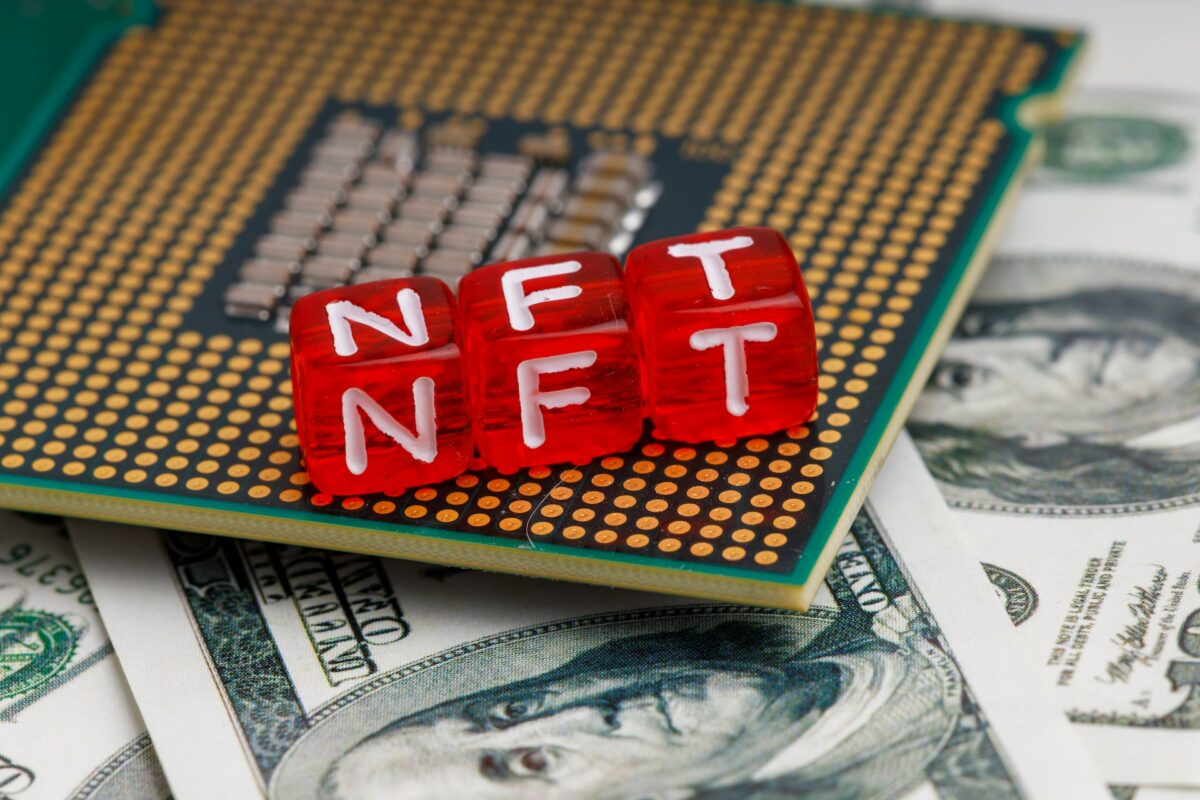Last week in Florida, Marc Pritchard, Procter and Gamble‘s Chief Brand Officer, told an audience at the Association of National Advertisers (ANA) that advertisers need to support a digital ecosystem that prioritizes quality, civility, transparency, privacy and control. A few years ago, Pritchard made headlines when P&G and Unilever announced dramatic cuts on digital ad spends, citing waste, fraud and lack of transparency among the reasons for the reduction.
Instead of admonishing the industry, this year he’s laid out five action steps. He says, “It’s time to invest our brainpower into an ecosystem that builds in quality, civility, transparency, privacy and control from the very start. A new media supply chain that levels the playing field and operates in a way that is clean, efficient, accountable and properly moderated for everyone involved. A new media supply chain that is both a force for growth and a force for good. Good for consumers, our brands, our industry and society.”
Here are the five steps he is implementing at P&G:
1. Elevate Quality. Where a brand advertises is a reflection on the brand itself. A hot topic over the last few years has been around brand safety. As Pritchard says, “Every platform has a responsibility to control their content. Each one is responsible for anticipating all of the possible ways their tools could be used and should put the safeguards in place before making them widely available. Some kind of system needs to exist to prevent these situations. None of us should ever have to worry that our brands end up anywhere near that kind of horrible content.”
2. Promote Civility. Pritchard understands that story is now porous, and editorial comments are now a big part of the media ecosystem. But comments combined with algorithms that surround people with like-minded viewpoints create a potential for hijacking conversations and amplifying hate. Pritchard offers, “We prefer to work with those who don’t allow anonymity to be a weapon by providing some mechanism for accountability and follow up, so individuals are responsible for what they say. We prefer those who allow the dislike button to be a productive tool, not a magnet for anger. We prefer those who enable common sense moderation of comments, allowing people to express themselves through civil commentary, positive, neutral and negative, versus disproportionately amplifying controversy or, worse, hate. While today everyone can have a microphone, it doesn’t mean every voice needs to be amplified.”
3. Level The Playing Field. By setting a common measurement standard, and common practices around how to measure and report, brands will be able to better control their spend, improve the customer experience and limit waste. Pritchard shares, “We’re trying to address a major pain point of annoying ad frequency, the number one problem for consumers. Seven out of 10 people think ads are annoying. Why? Because they see the same ad over and over again on the same program, on the same platform and across multiple platforms. This is not good for anyone. It hurts the consumer experience and wastes an enormous amount of money.”
4. Simplify Privacy. Since customer data powers nearly all of digital advertising, setting a common standard for privacy, as Europe has done with the GDPR will be critical in the US and other markets. As Pritchard says, “We want a standard that follows the rules of common sense for consumers, one that is simple and completely understandable, so each person knows exactly what permission they’re granting and what control they have over their data.”
5. Take Control. Pritchard believes more brands should operate like entrepreneurs, saying, “For too long, we’ve been wowed by shiny objects, overwhelmed by big data and intimidated by algorithms. We outsourced too much work, taking the head fake that media was so technical and advanced we couldn’t possibly handle it ourselves. No more.” P&G has been re-evaluating what work can be done in-house and where it makes the most sense to lean on external vendors and agencies. A smart move for brands to consider.
Will the online ad industry step up to the challenge? They’ve been challenged before, and still we have problems. Pritchard’s call-to-arms is certainly inspirational and much needed. What do you think?
The Blake Project Can Help: Content Strategy Workshop
Branding Strategy Insider is a service of The Blake Project: A strategic brand consultancy specializing in Brand Research, Brand Strategy, Brand Growth and Brand Education




